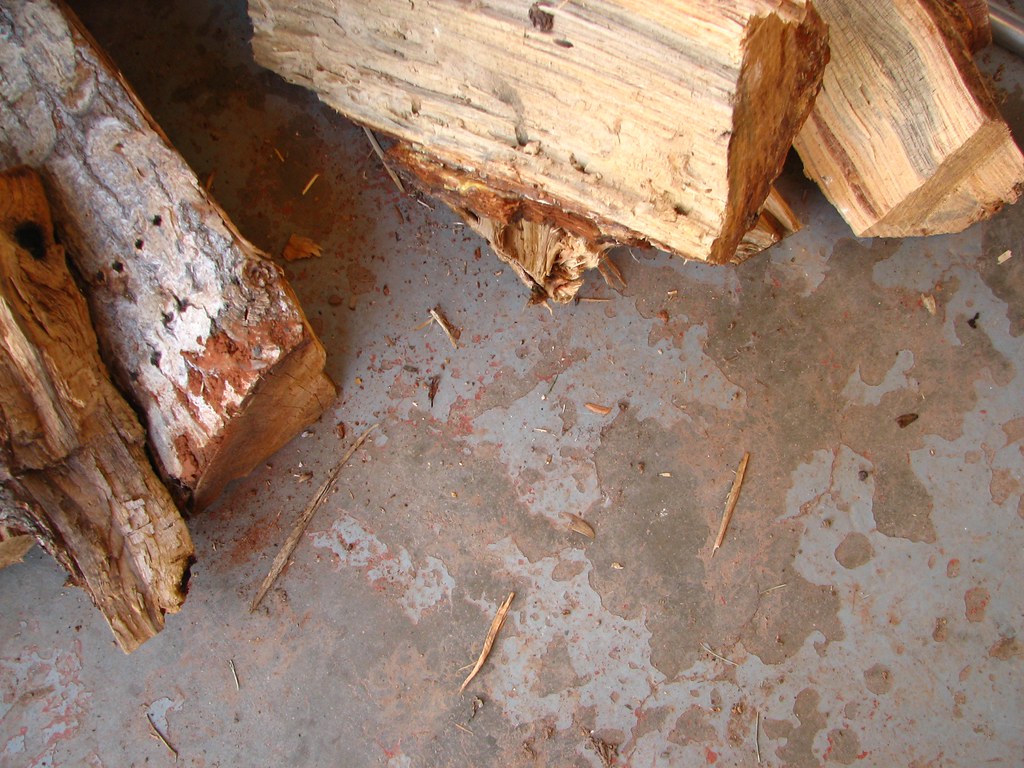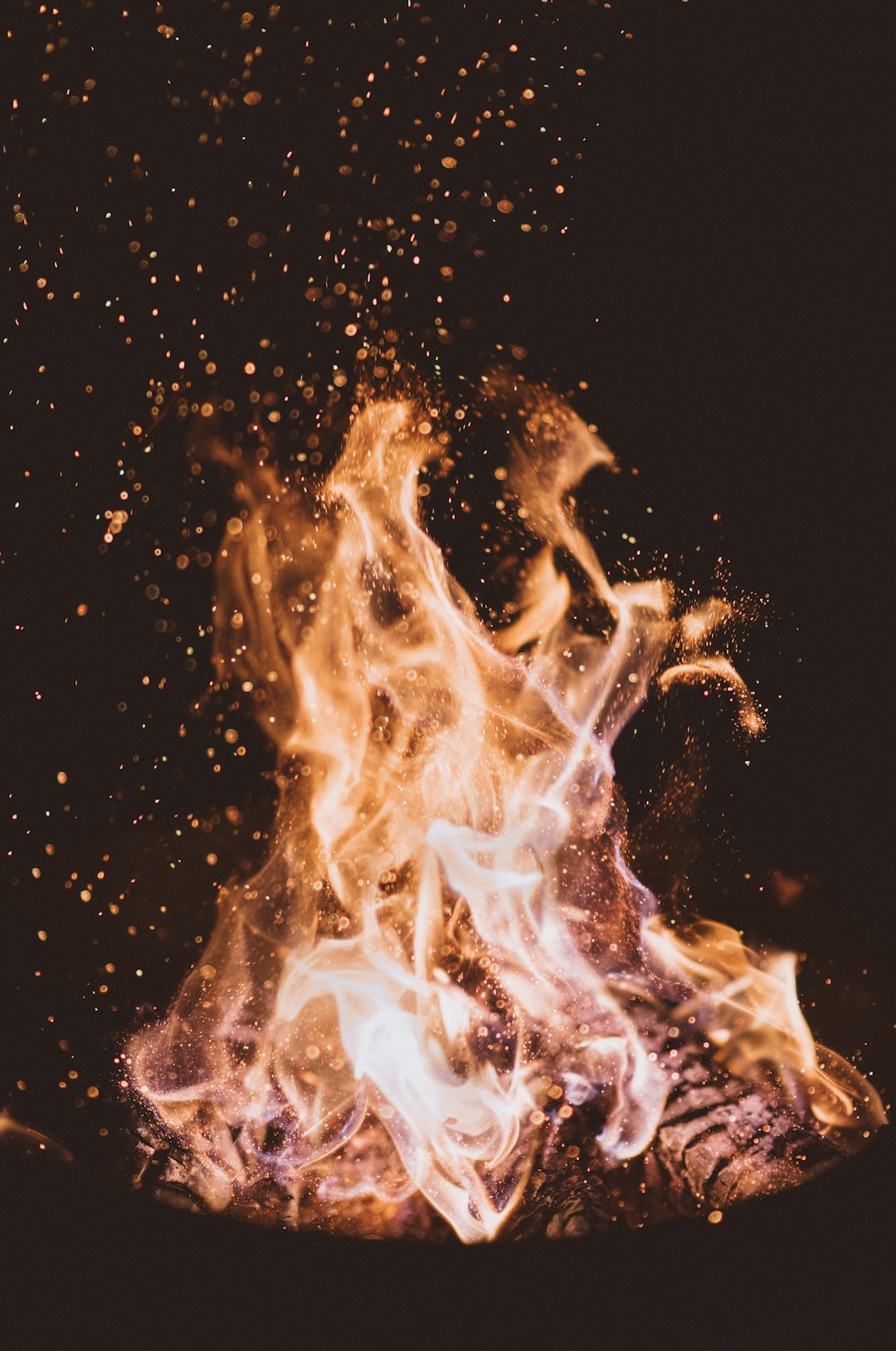Cottonwood, known scientifically as Populus deltoides, is a common firewood option, often surrounded by misconceptions about its effectiveness and odor. Let's dive into the practicalities of using cottonwood for heating and why it might be a viable option for your fireplace or stove.

Cottonwood is a large, fast-growing deciduous tree, reaching heights up to 100 feet. It is easily identified by its distinctive, flat, sail-shaped leaves.
One common critique of cottonwood is its comparatively low heat output. However, it still provides a decent amount of warmth if used correctly:

| Wood Type | BTUs per Cord |
|---|---|
| Cottonwood | 14.6 - 17.1 million |
| Red Oak | 24 million |
| Maple | 21.7 million |
Proper seasoning is crucial for optimal burning:
Properly seasoned cottonwood emits light smoke, while unseasoned wood can produce heavy smoke and a foul odor.
Cottonwood burns faster than denser hardwoods like elm or ash, but it still generates substantial heat:

Splitting cottonwood can be tricky, especially when green. Some tips include:
To minimize smoke and creosote buildup:
The smell of burning cottonwood can vary:
To manage any unpleasant smells effectively, you might find the CleanBurn Fireplace and Stove Deodorant - Smoke Odor Eliminator beneficial.
Cottonwood ashes can be beneficial beyond the fire:
When considering cottonwood for firewood, weigh the following:
In summary, while cottonwood may not rival the high heat output of denser hardwoods, its fast drying time, ease of splitting (when seasoned), and affordability make it a viable option for home heating, particularly in combination with other wood types. If you're looking for more detailed information on firewood options, you can visit Choosing Firewood.
For those interested in mastering the techniques for chopping and drying wood, "Norwegian Wood: The pocket guide to chopping, stacking and drying wood the Scandinavian way" is an excellent resource. You can find it here: Norwegian Wood: The pocket guide to chopping, stacking and drying wood the Scandinavian way.

Immerse yourself in architecture’s most boundary-pushing ideas—where innovative home improvements meet visionary urban developments. Discover new building techniques, materials, and creative concepts that are redefining how we shape our spaces on a global scale.